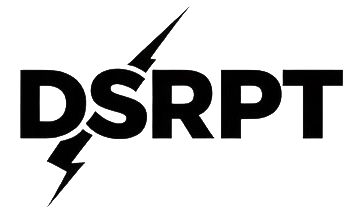Table of Contents
- Introduction to Ripple Labs and the Federal Reserve
- What is Ripple Labs?
- What is the Federal Reserve?
- Key Differences Between Ripple Labs and the Federal Reserve
- Impact on the Financial System
- Future Outlook
- Conclusion
Introduction to Ripple Labs and the Federal Reserve
Ripple Labs and the Federal Reserve are two influential entities in the world of finance, but they operate in entirely different ways. While the Federal Reserve controls the U.S. monetary policy, Ripple Labs is a blockchain-based technology company focused on revolutionizing cross-border payments. This article compares their roles, structures, and impact on the financial ecosystem.
What is Ripple Labs?
Ripple Labs is a financial technology company that created the **RippleNet** network, facilitating faster and more cost-effective cross-border payments. It utilizes its native cryptocurrency, **XRP**, to enable liquidity and reduce transaction fees for international transfers.
- Founded in 2012
- Uses **XRP Ledger (XRPL)**, a decentralized blockchain
- Aims to replace **SWIFT** for international transactions
Ripple has partnered with major financial institutions, including **Santander**, **American Express**, and **MoneyGram**, to streamline global payments.
What is the Federal Reserve?
The Federal Reserve, commonly known as the **Fed**, is the **central banking system of the United States**. It was established in **1913** and has the authority to regulate the country’s monetary policy, control inflation, and stabilize the financial system.
- Controls interest rates and money supply
- Regulates commercial banks
- Acts as a lender of last resort during financial crises
The Fed plays a crucial role in maintaining economic stability by adjusting monetary policies based on inflation, unemployment, and market trends.
Key Differences Between Ripple Labs and the Federal Reserve
| Feature | Ripple Labs | Federal Reserve |
|---|---|---|
| Founded | 2012 | 1913 |
| Purpose | Facilitate cross-border payments | Regulate monetary policy |
| Technology | Blockchain (XRP Ledger) | Traditional banking system |
| Currency Used | XRP | U.S. Dollar (USD) |
| Regulatory Power | No legal authority | Central banking authority |
While **Ripple Labs** focuses on **decentralization and blockchain innovation**, the **Federal Reserve** operates under strict regulatory frameworks and controls the issuance of the U.S. dollar.
Impact on the Financial System
Ripple Labs’ Influence
Ripple’s **blockchain technology** enables financial institutions to process transactions **faster and cheaper** than traditional banking methods. Its XRP-based solutions are gaining traction among banks, potentially reshaping the **global remittance industry**.
Federal Reserve’s Influence
The Federal Reserve’s decisions on **interest rates, inflation, and economic policies** have a direct impact on the financial markets, influencing stock prices, mortgage rates, and overall economic stability.
Future Outlook
As **decentralized finance (DeFi)** grows, Ripple Labs could play a major role in **shaping the future of digital transactions**. Meanwhile, the Federal Reserve continues to explore the development of a **Central Bank Digital Currency (CBDC)**, which could compete with private cryptocurrencies like XRP.
However, regulatory challenges, including the **SEC lawsuit against Ripple**, could impact its long-term success.
Read about the SEC lawsuit against Ripple
Conclusion
While **Ripple Labs and the Federal Reserve** both influence the financial system, their roles are vastly different. Ripple Labs focuses on **decentralization and fast transactions**, while the Federal Reserve governs the **traditional monetary system**. Understanding these differences is essential as we move toward a more digital economy.







